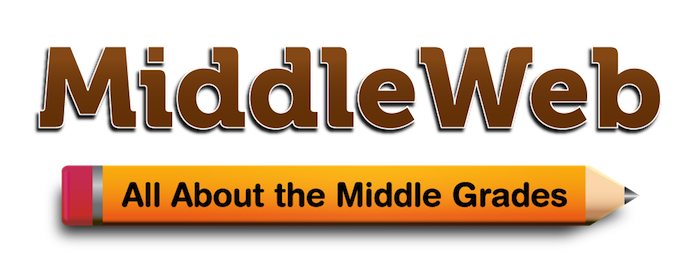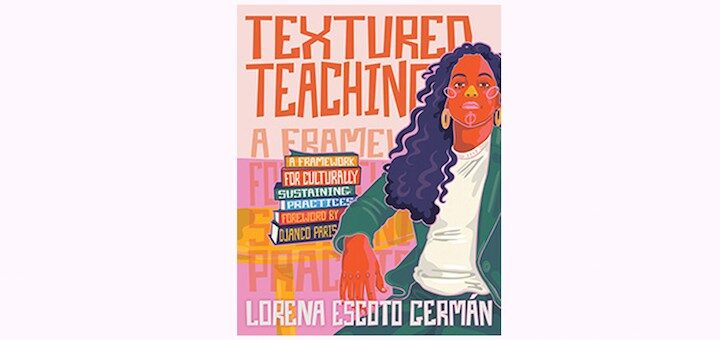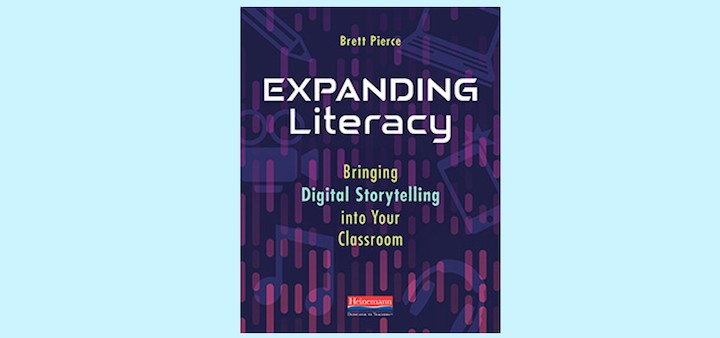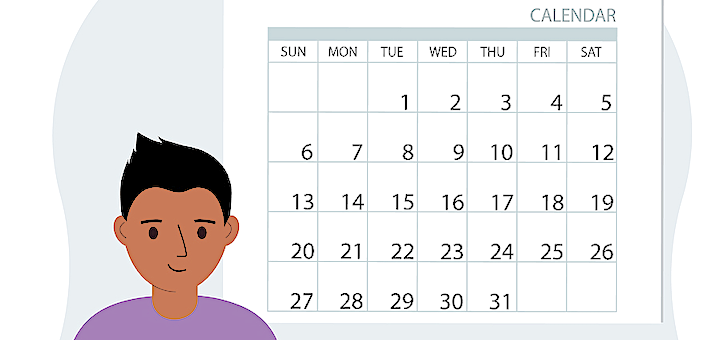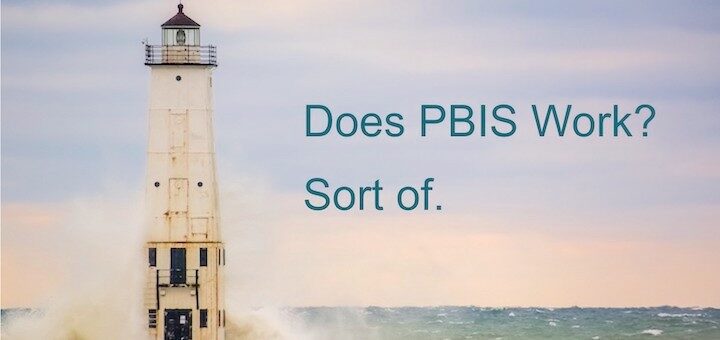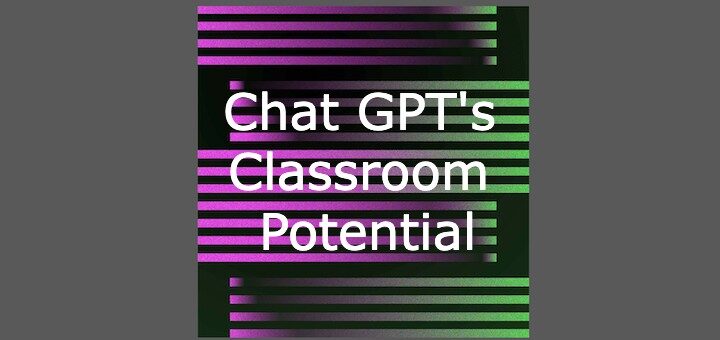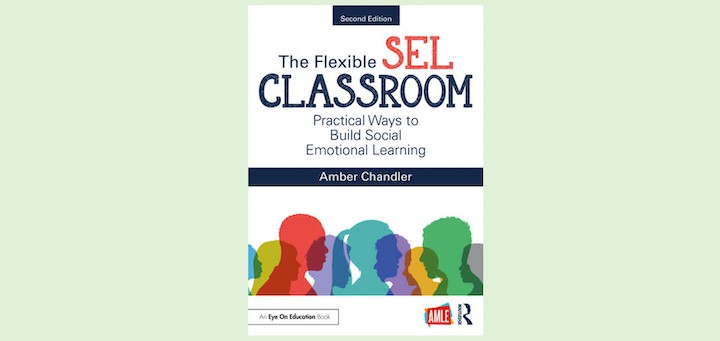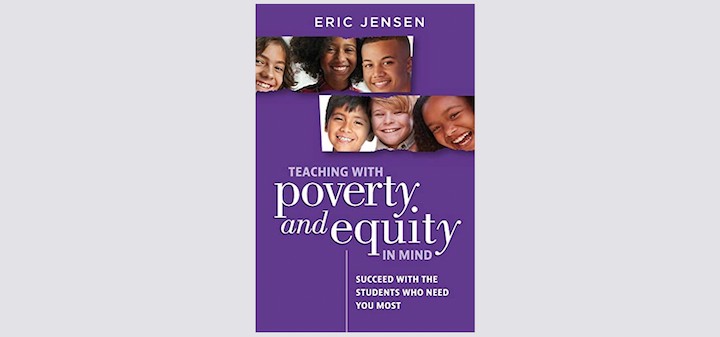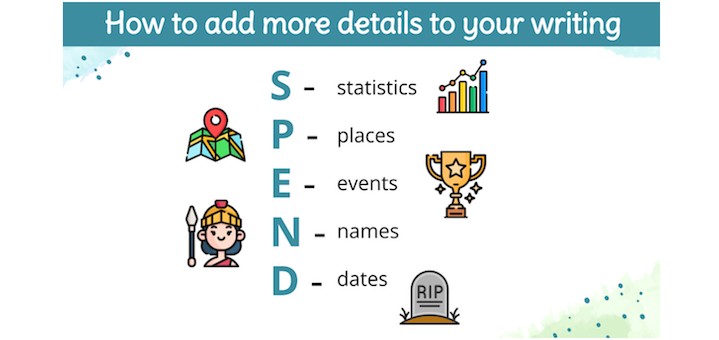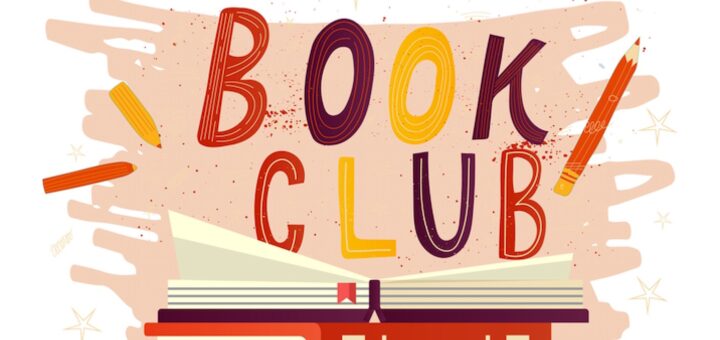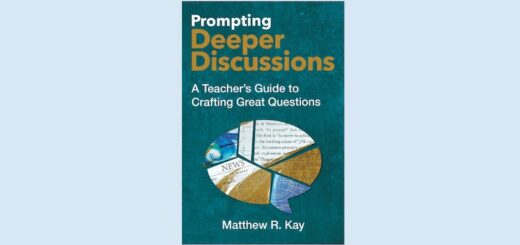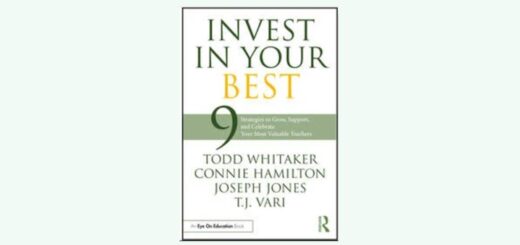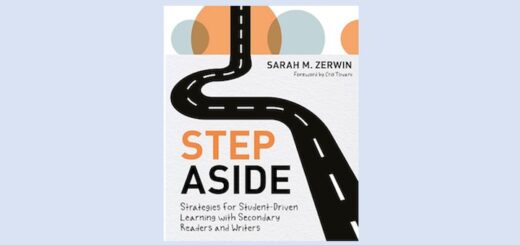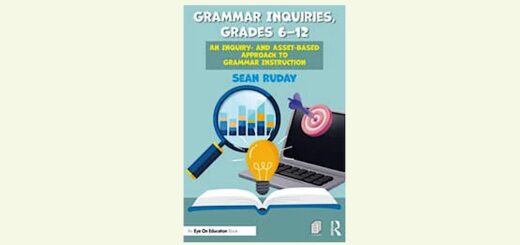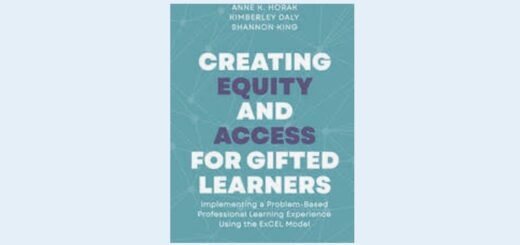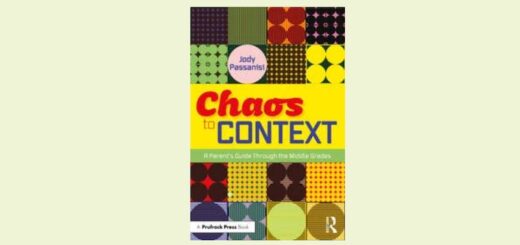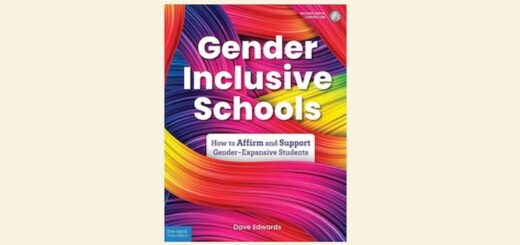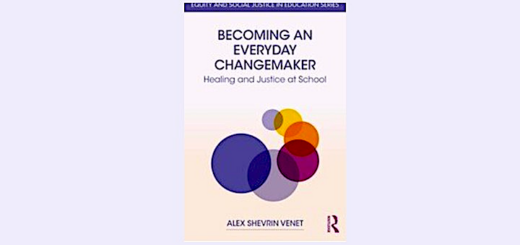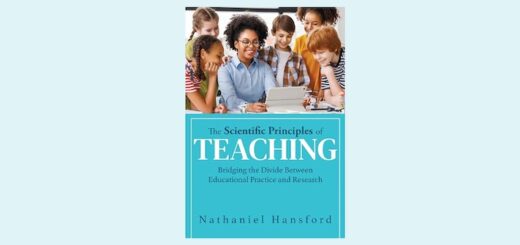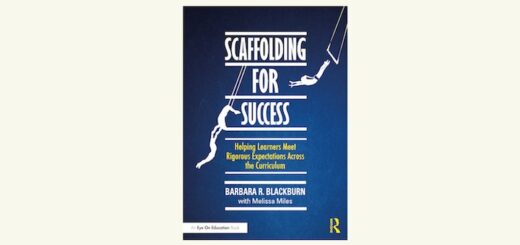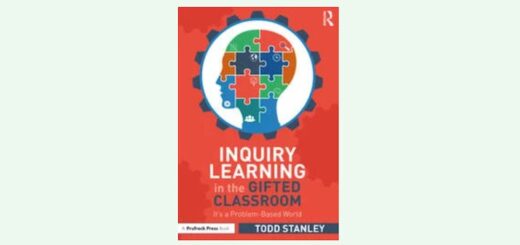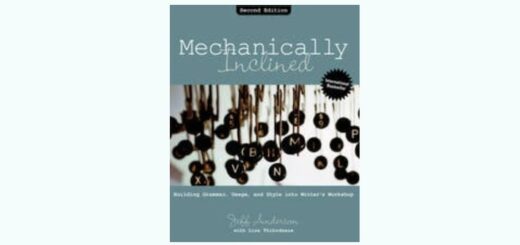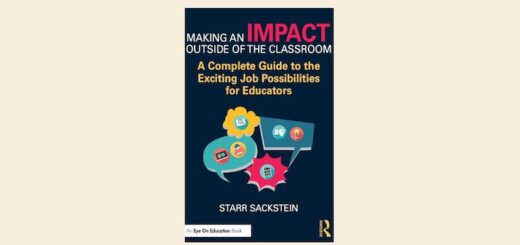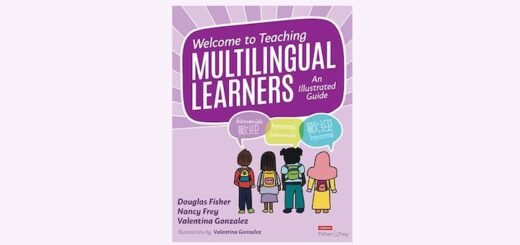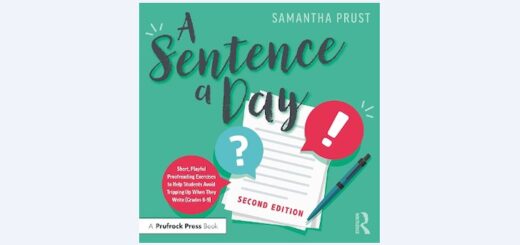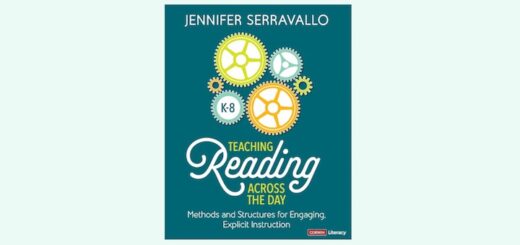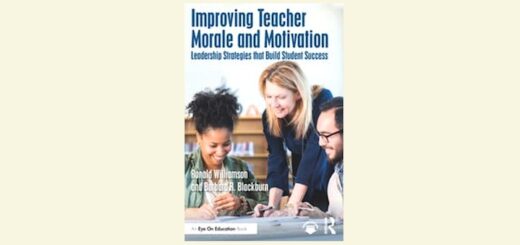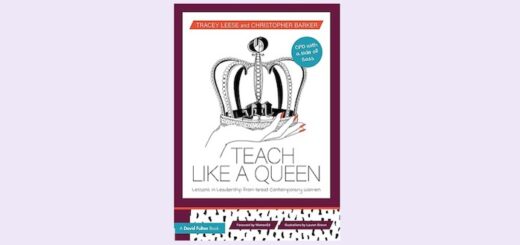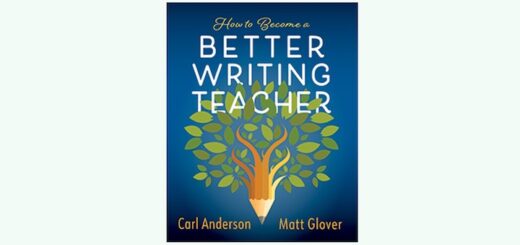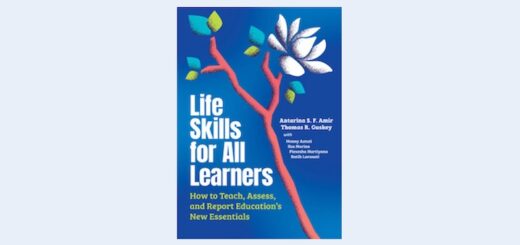Teaching and learning in grades 4-8
Lorena Germán easily weaves her personal experiences into the presentation of her Textured Teaching framework, holding our interest as she invites us into a deeper reflection about what it means to grow a culturally sustaining teaching practice and how we can bring that about.
Discover the ‘language’ of digital storytelling – imagery, music, sound, words – in Brett Pierce’s “Expanding Literacy.” In addition to describing the skills students can gain by developing stories digitally, Pierce offers excellent activities and projects, says Anne Anderson.
If students develop executive function skills – focus, planning and organizing, self-monitoring – classrooms will run more smoothly, there will be fewer interruptions and repetitions, and teachers will have successfully bridged the SEL/academics gap, writes Marilee Sprenger.
Having volunteered for her district’s PBIS Tier I committee, Dina Strasser looks into the current viability of Positive Behavior Interventions and Supports with help from a new federally funded meta-study. She finds lots that hasn’t worked but also some potential.
While there are many unknowns about the long-term impacts of ChatGPT on education, middle school teacher leader Kasey Short dives deep into the AI software’s potential for expanding teachers’ options and supporting student learning through prompts, writing, feedback, SEL and more.
Amber Chandler not only says what many educators are thinking but lives her classroom truth in the The Flexible SEL Classroom. Her compelling case for everyday SEL in middle schools is supported by a multitude of activities to benefit students, writes teacher Jenni Kramer.
If you are teaching in a low-performing, high-poverty school, Eric Jensen’s Teaching with Poverty and Equity in Mind is a must read, writes Anne Anderson. Jensen begins with the process of teachers adopting an equity mindset and offers proven tools to support all students.
When students can clearly see the path before them and how to get there, they can achieve the highest expectations, says language specialist Tan Huynh. His S.P.E.N.D learning tool (statistics, places, events, names, dates) brings clarity to research and writing.
After reflecting on her students’ decline in fluently recalling math facts and the lapses in her teaching flow, Kathie Palmieri knew it was time to make changes. First up: involving students in uncovering the roadblocks and taking a week to try out their fog-lifting ideas.
Working together in small groups using a book club model has helped sixth graders in Sara Kugler’s K-6 school shift from passive and disinterested to engaged and self-reliant. They’re eager to read and ready to “talk books,” writes the literacy coach and co-teacher.
